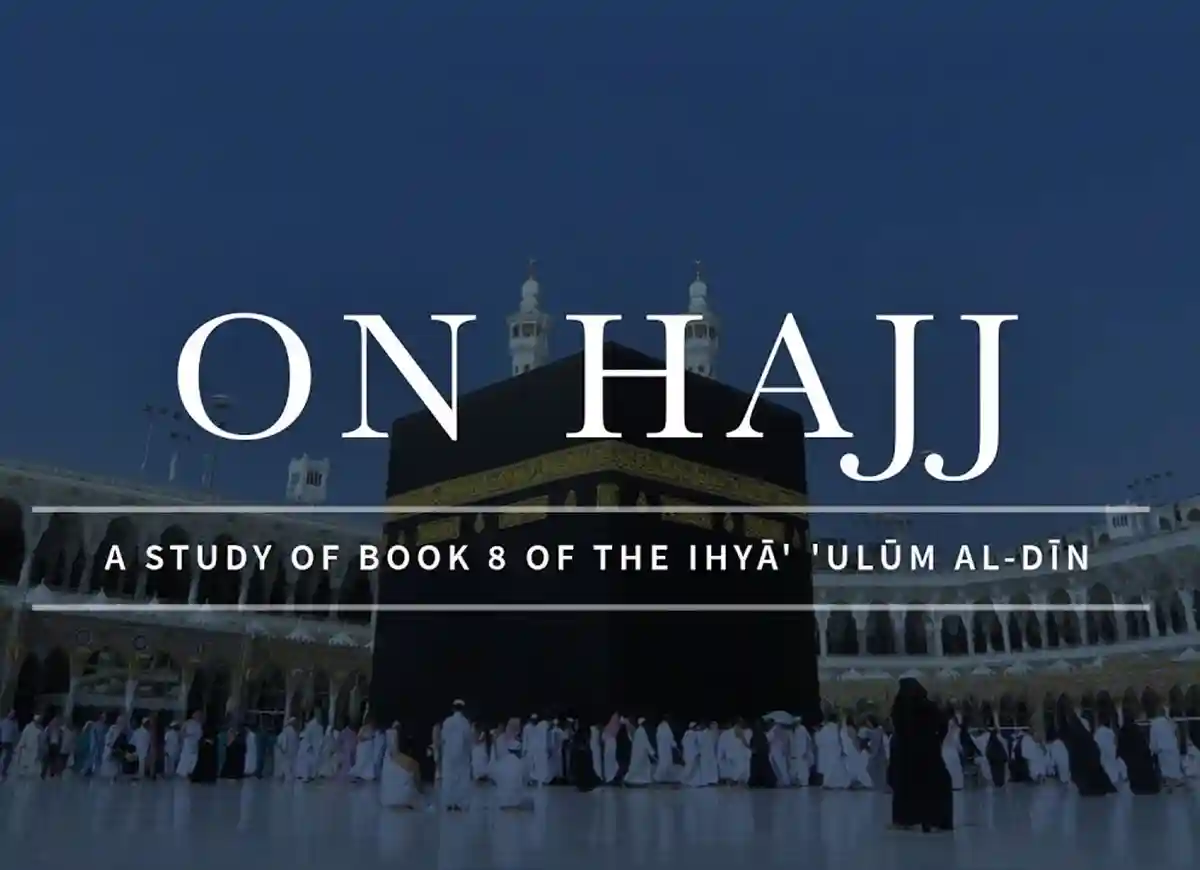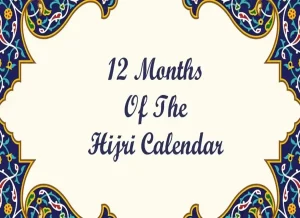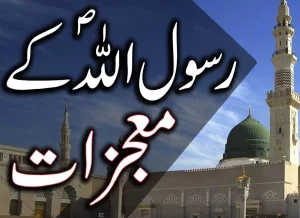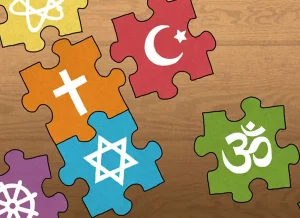Spiritual Essence: Delve into the Profound Spiritual Significance and Personal Transformations Within the Hajj Pilgrimage” The holy valley Makkah is now filled with the pious presence of pilgrims.
While millions of Muslim men and women make Hajj every year, other people can observe this amazing event on their televisions and live streaming on the internet thanks to modern technology and science.
If one only looks at the rituals associated with Hajj one is unable to grasp its importance and dimensions. This is the case for the pilgrim too, especially when they perform ceremonies of Hajj without pondering and absorbing the tenets of the religion.
In Islam the practices without spirit are dead, and often times, they are just an underestimation or false representation of Islam.
What exactly is the beauty or significance Hajj lies? What is more important what should one do to prepare for this amazing trip? Before we get into the details It is however essential to point out that a person who is a religious believer isn’t necessarily required to comprehend the significance of each law or understand its rational interpretation.
When it comes to observing the religious obligation in the Islamic faith, the Islamic approach is straightforward and straightforward: “Sama’a” (listening) and “Ata’a” (obeying). However, knowing the deeper aspects of the ‘Ibadah (devotional prayer) is an exceptional virtue of Islam as it illuminates the soul and enhances the actions of the worshiper.
The most impressive characteristics of Hajj one of the most remarkable aspects is the fact that no other event on the the planet, religious or non-religious could be comparable to Hajj in terms of large number of people who attend as well as the duration and the scope of the agenda.
However, a deeper look at the ceremony of Hajj will provide more insight. When pilgrims prepare for his/her journey with the proper motive that is to find the pleasure of Allah their entire mindset shifts.
The pilgrim repents of previous sins, asks forgiveness from those whom he/she may have wronged and works to correct his/her weights when needed so that they do not get into God’s court and be trampled upon by the unfulfilled rights of fellow human beings.
When the pilgrim begins the journey, they are cautious not to cause harm to anyone and is free of all forms of indecency disputes, bickering and squabbles.
“Ihram,” the simple and humble attire of the male pilgrim consisting of two sheets white cotton fabric is the true livery of a servant to God and indicates that after wearing it, the individual is totally at the mercy of God In Christ’s presence God all distinctions based upon the status of wealth race, ethnicity region or color disappear. All believers belong to the same Ummah and have only one leader (Allah).
The Talbiyah that every pilgrim says after wearing the shema and is repeated in a loud voice at each stage of Hajj and is yet another important aspect of this great prayer.
The language used in the Talbiyah -“Labbayek Allahumma labbayek, labbayek laa sharika laka labbayek Innal Hamda Wa the word ni’mata wal mukk, laa sharika labbayek labbayek” (Here is where I am to you, my Lord; here I am in response to your request There is no God except Allah (Allah).
This is my journey, because all dominion, all blessings and all good things belong to you. Here I am) It is a clear declaration that the person has renounced all authority and allegiances and all of his or her being to Allah . Also, the Talbiyah is a total dedication and submission to God.
The next religious ceremony is called Tawaf. It is the act of circumambulating Ka’ba 7 times. The Tawaf symbolizes the desire that the person who is a pilgrim must surrender all their desires and needs to the desires of God. Its Sa’ee i.e. the 7 times through the mountain ranges of Safa and Marwah reminds us of the desperation and struggle search for water of Hajar who was who was the spouse of Ibrahim for her newborn boy Ismael and Allah’s assistance in providing water to Zamazam.
Then follows Wuqoof (standing) to Arafat at the end of day 9 day of Dhul Hijjah, which is an additional important aspect of Hajj. It is actually the primary gathering and culminating point of Hajj that demonstrates the pilgrim’s need to seek forgiveness from God for their past sins and vowing to live an ethical lifestyle in the near future.
The gathering in Arafat is also a sign of the unity of the Muslim Ummah, and gives them an opportunity to make plans for general good. It also reminds those who attend that they are on that Day of Judgment when everyone has to submit their report before Almighty Allah.
The following rite is the ritual to celebrate Muzdalifah and Mina specifically throwing pebbles into the air and offering sacrifices symbolizes man’s determination to fight Satan and fulfill his obligation to Allah .
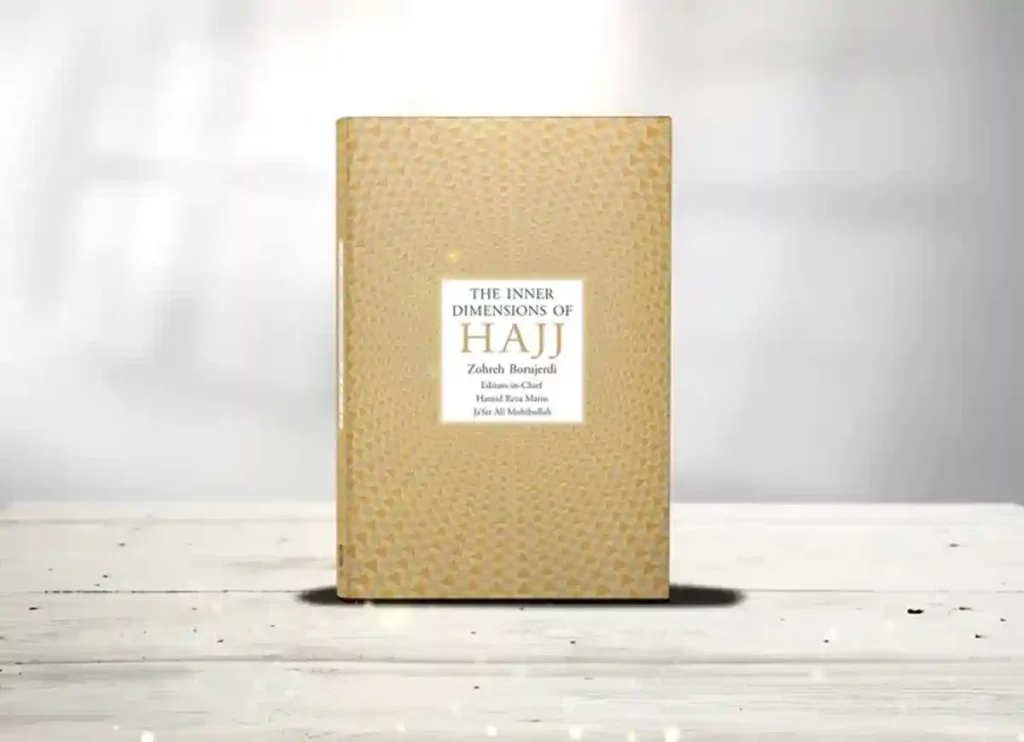
It is believed that Hajj includes the virtues of all the foundations of Islam. For instance, prayer at the Ka’aba, the continual remembrance Allah (is similar to Salah and prayer) as well as spending money to please Allah (is similar to Zakat) and not engaging in sexual relations and various other actions for a specific time (is similar to fasting)-all are very strictly observed and observed in Hajj.
Furthermore, since the entire ceremony is a celebration to the prophet Ibrahim along with his loved ones’ deeds of sacrifice with sincerity and complete faith in Allah and Allah, it pushes people to a higher stage of spirituality and God awareness. It also promotes love for Allah and the desire to give everything up to the cause of Allah .
Hajj is, therefore, not only an exercise in the body, but an experience of the mind and spirit too. When performing the various rituals that pilgrims go through, their thoughts are focused on God and the core of his or her being is filled with dedication. Physical pilgrimage is basically the prelude to spiritual pilgrimage to God.
One scholar correctly explains the Ka’ba as being put into our body as a part of the Islamic world in the same way as “a heart inside a human body”. Insofar as your heart is beating, a person can’t be dead. Similar to it is said that heartbeats are the same way “heart of the universe” draw blood out of distant veins and then circulates it back into every arterial. “
As as the heart throbs continue and for as long as this process of circulating blood and drawing it out is ongoing and continues, it will be difficult to end the existence of the Muslim Ummah regardless of how ill it might have become.”
Therefore, a pilgrim is expected to transcend what is expected of them during Hajj and profit spiritually from this incredible pilgrimage as an individual as well as as part of a larger body. It is certain that if Hajj is viewed and carried out by keeping these dimensions with these thoughts in place, then it could transform life of Muslims in a profound way. It will alleviate or eliminate their imperfections, struggles and frustrations in all aspects.
In fact, Hajj has not been made mandatory for rituals or any purpose of a trivial nature. It’s intended to give us an opportunity to experience a spiritual renewal and is a new life-giving force. The Qur’an stated it in a very clear manner: “And proclaim unto mankind the Hajj…That they might witness things that will benefit them.” (22:27-28)
When preparing for and doing the Hajj each pilgrim should be aware and look for the advantages.
Hajj:
- What is Ihram Haji ? | Hajj and Umrah-Quranmualim
- Importance of The Days of Zil Hajj | The Day of Arafah
- Define Menses during Hajj and Umrah | Mina in Makkah
- The Holy pilgrimage of The Messenger | The Rituals of Hajj
- 3 Types of Hajj | Tamattu | Ifrad | Hajj Qiran – Quranmualim
Categories: PRAYER (Salat), ALMS (Zakat), SAWN (Fasting) HAJJ (Pilgrimage) & DUA (Supplications), Hadith and Tafseer, The Holy Quran, Quran Jaz 1- 114
Topics: Ushr and Zakat, Hijab, Arabic Corner, Faith, Islamic History, Biography, Sirat ul Nabi PBUH, Islamic Studies, Halal & Haram


